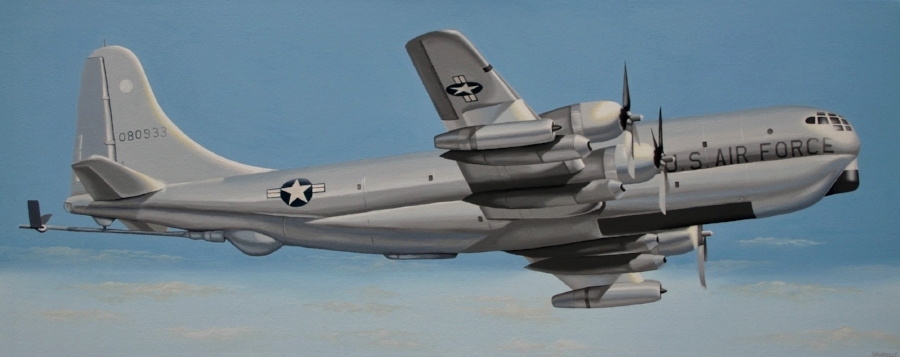I have faux painted a lot of different things since I started, but this was my first faux painting of a plastic Tower Garden! My client Pam works with Juice Plus, and part of her healthy living offering includes a Tower Garden designed to grow vegetables and herbs year-round, inside or out.
While the Tower Garden is fantastically designed for aeroponic growing in a small footprint, the green and white plastic may not go with every décor. To address this issue, Pam had me faux-paint her Tower Garden to look like the bottom tub and stand were aged, patinated copper, and the tower was distressed white-painted wood (the tower needs to stay light in color to prevent it from getting too hot).
My first challenge was making sure my paint would stick (which can be tricky with plastic!) to make sure the finish would be durable enough for indoor and outdoor use. The lid of the tub and the tower just needed some good bonding primer, and I was ready to go! The tub, however, needed to be sanded first, before I could get the bonding primer (and ultimately the paint) to stick. With this addressed, I started creating the aged copper look.
As a first layer, I used a spray paint color called, conveniently, “aged copper”. This gave me the metallic look that I needed and was a good, rich color to build off of. To make it look older, I then rubbed a dark brown exterior stain over the aged copper spray paint, rubbing it off in some places to reveal the glimmer of the metallic paint, but leaving it looking dull and smudged in other places. Already I had the look of a large old kettle! To complete the effect, I then added the patina, using the exterior stain in a color I mixed to get that great old-copper green.
For the tower portion, I started with an aged white color and then added in chips and wear in the areas where it would logically happen – using colors to make it look like exposed wood under the chipped paint and years of patina from outdoor use.
It was a fun project and best of all, it was exactly what Pam was looking for! Below are some shots of the before and after -
Enjoy!
Jason
The Tower Garden before transformation
After!
Close-up of the "copper" tub
Detail of the tower
The lid showing that shiny and dull look






































































































